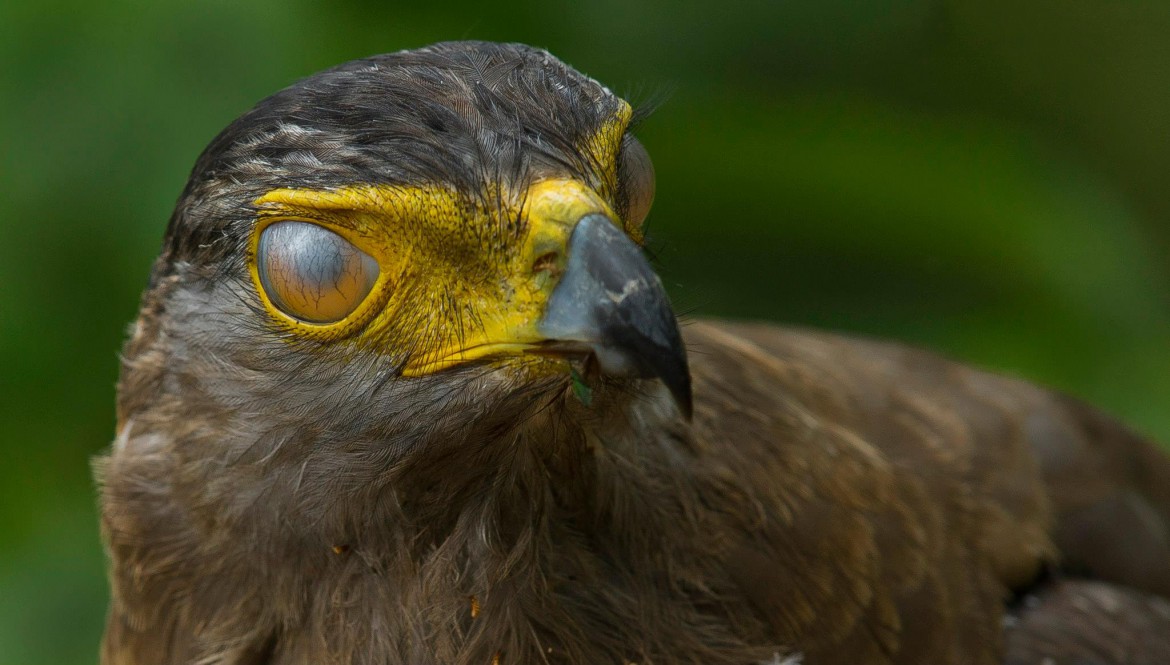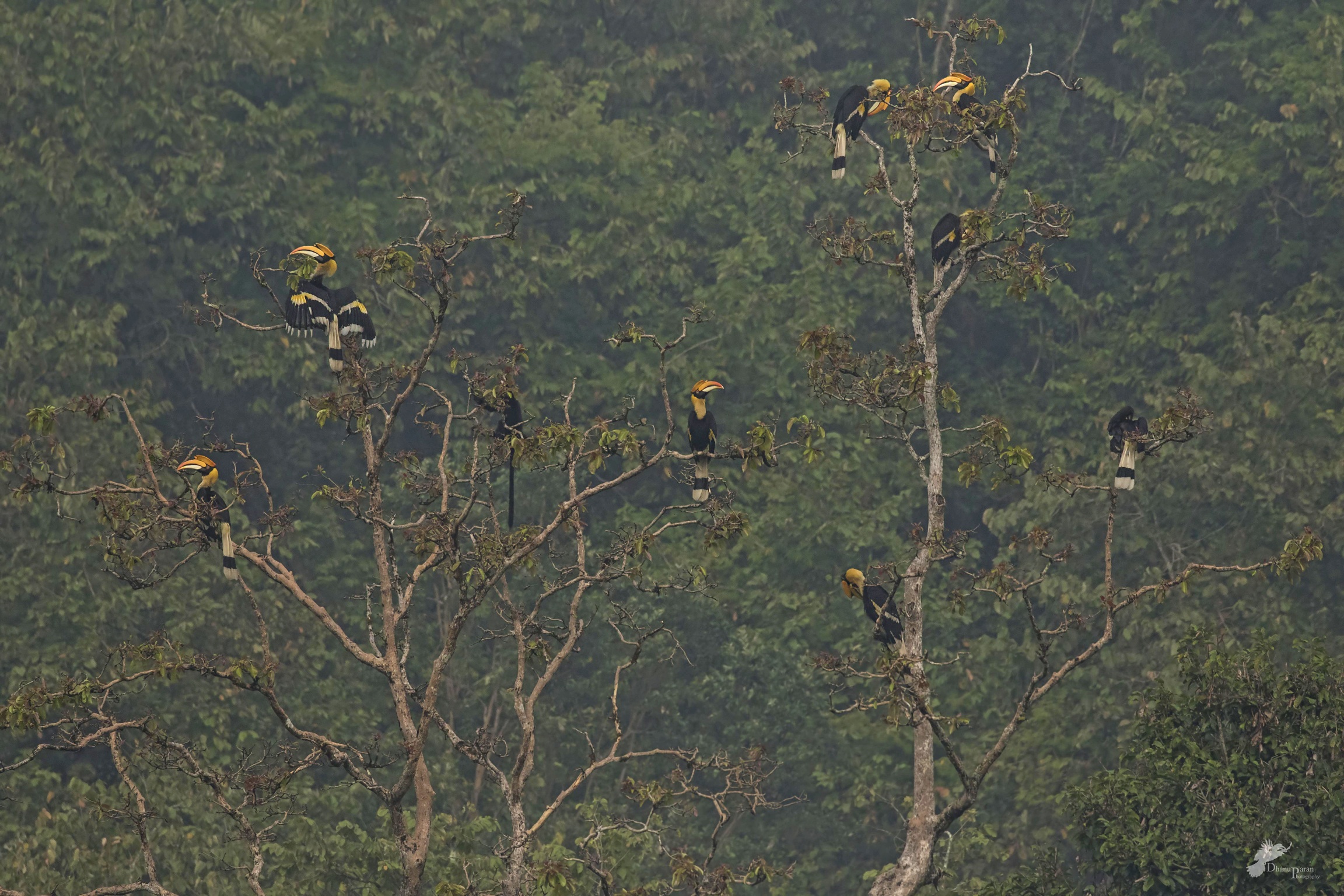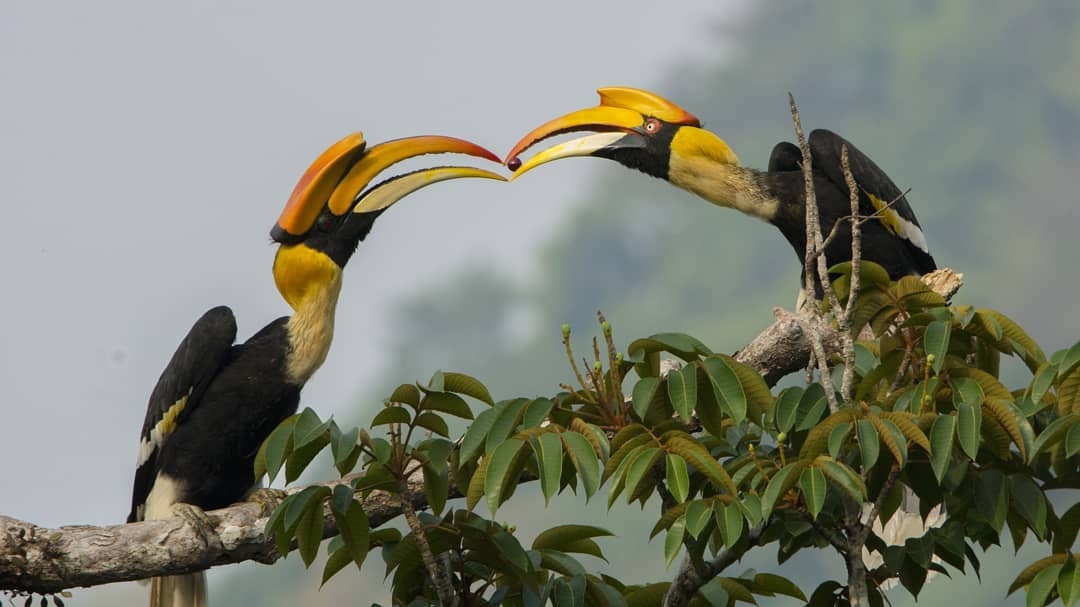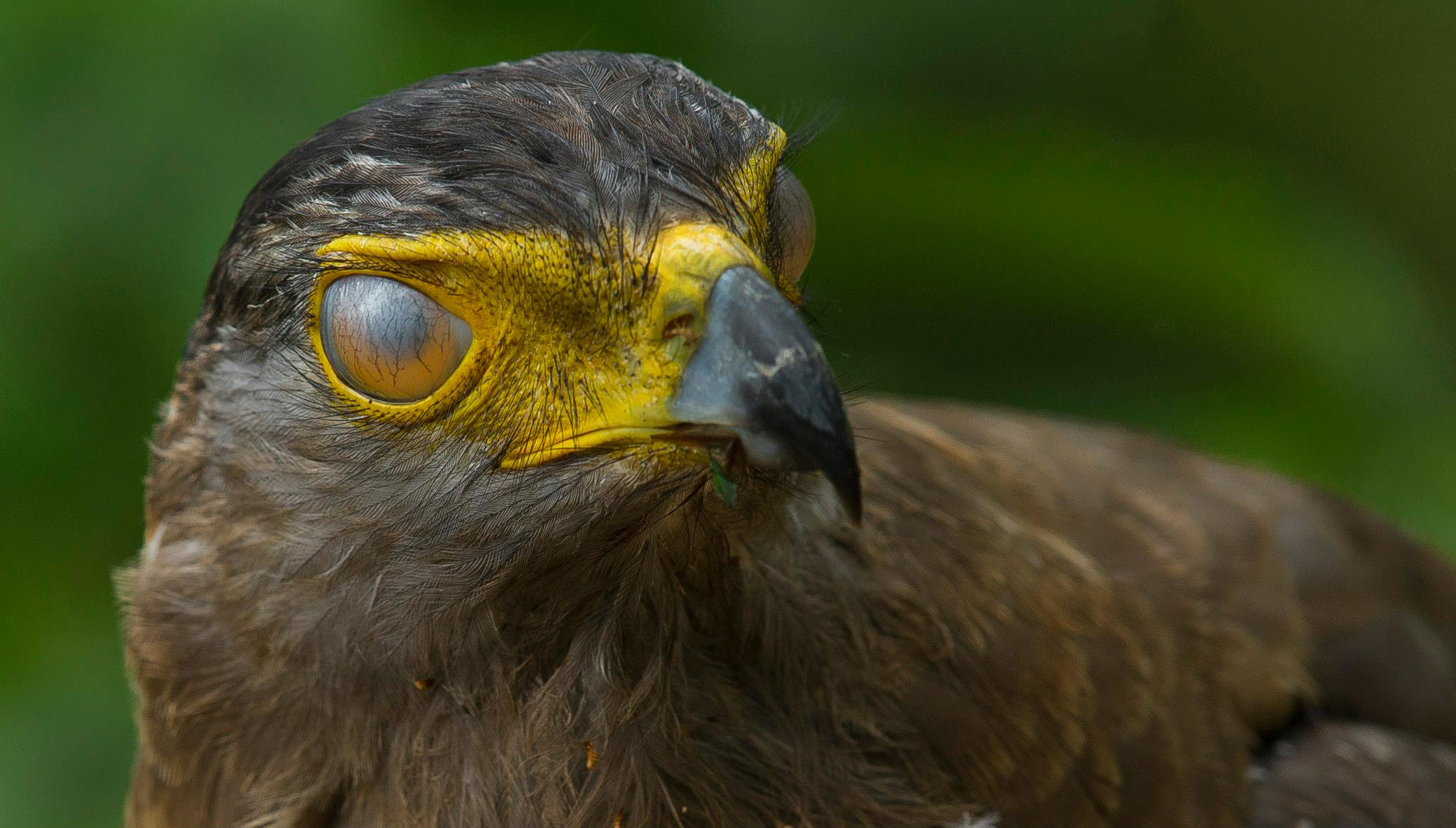I have always been fascinated by things that take flight. Be it a plane, a parachute or a bird. The one thing I share in common with them is the impulse to soar high. Especially birds – in my opinion, there could not be any creature as inspirational as them. They fly against all odds and are always busy in their element, doing things that can stir many a soul. And the only way you can learn a lot from them is when you take off to a secluded place, learn to be still, silent, and most importantly observe. In all honesty, I don’t know a thing about birds and still not yet there! But I Am working on it. Here are a few of my observations from my trip to ethereal Pollachi.
1. It’s alright to be different- If all of us looked alike, life would be very drab. Similarly, the birds you are about to view are unique to their clan. Some are vibrant and stand out, while some just blend into nature so effortlessly. At the bottom of it all, I understood that we need to be accepting of who we are and make the most of it, irrespective of how we have turned out to be.
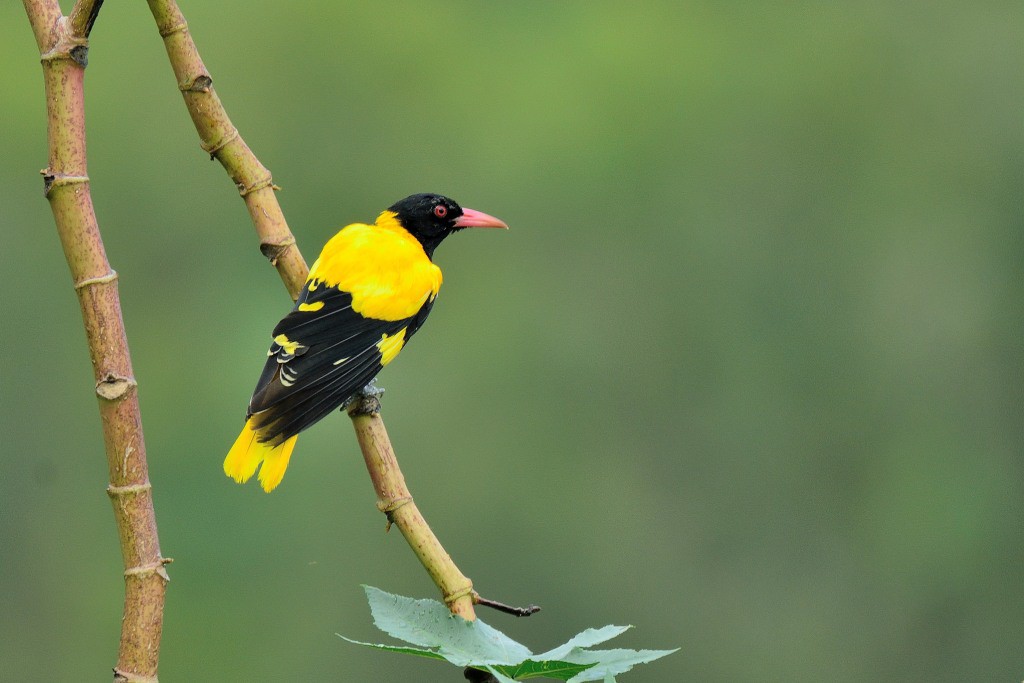
The Orioles belong to Icteridae family. Icterids are a group of small to medium-sized, often colorful birds, restricted having black as a predominant plumage color, often enlivened by yellow, orange or red. While the male is striking, with the typical oriole black and yellow coloration, the female black-hooded oriole is a drabber bird with greenish underparts, but still has the black hood. The black head of this species is an obvious distinction from golden oriole, which is a winter visitor to southern India.
2. The more the merrier – Birds fare very well when they stick together (not literally!) When they fly together in large numbers they ward off predators, and are less likely to be attacked. It also means they can reserve their energy for more important things and be more efficient. This got me really pensive. Ever wonder how we can work towards efficiency without sweating over small stuff? In this context, teamwork can do the trick.
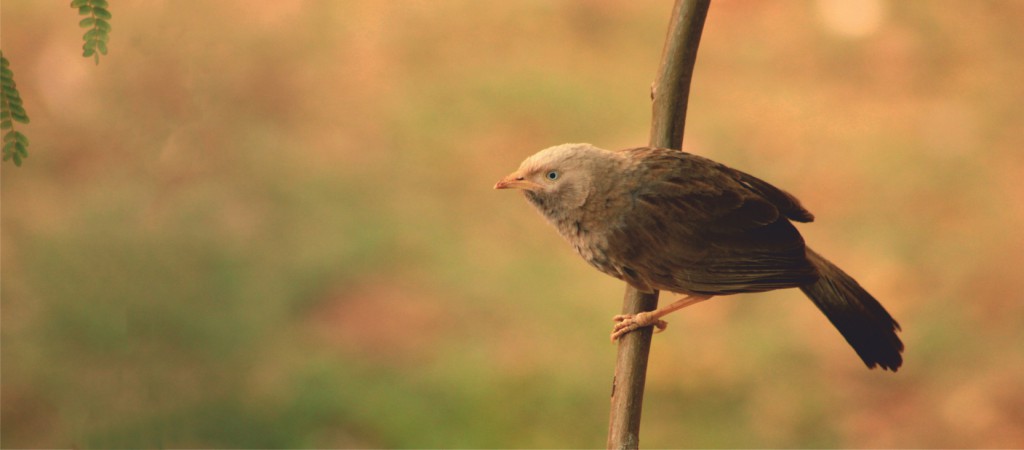
Babblers – Popularly known as the “Seven Sisters” the jungle babbler is an endemic avian species found in India. Studies suggest that it forms groups of 2-20 individuals. Many species prefer a solitary existence during foraging, but being associated with a social group has its own advantages like less vigilance towards predators and instead concentrate on higher food intake. Additionally, the combined efforts of individuals within a social group will help them to locate new feeding areas and explore new habitats.
3. At times change is the only constant
Depending on the season, abundance or paucity of food, birds tend to migrate. Not sure if they complain about it, but they do come across as pretty chilled out folks. They adjust their sails according to the weather. The golden word here is flexibility. If we all are a bit flexible in our ways, we’d sail through the stormiest situations, don’t you think?
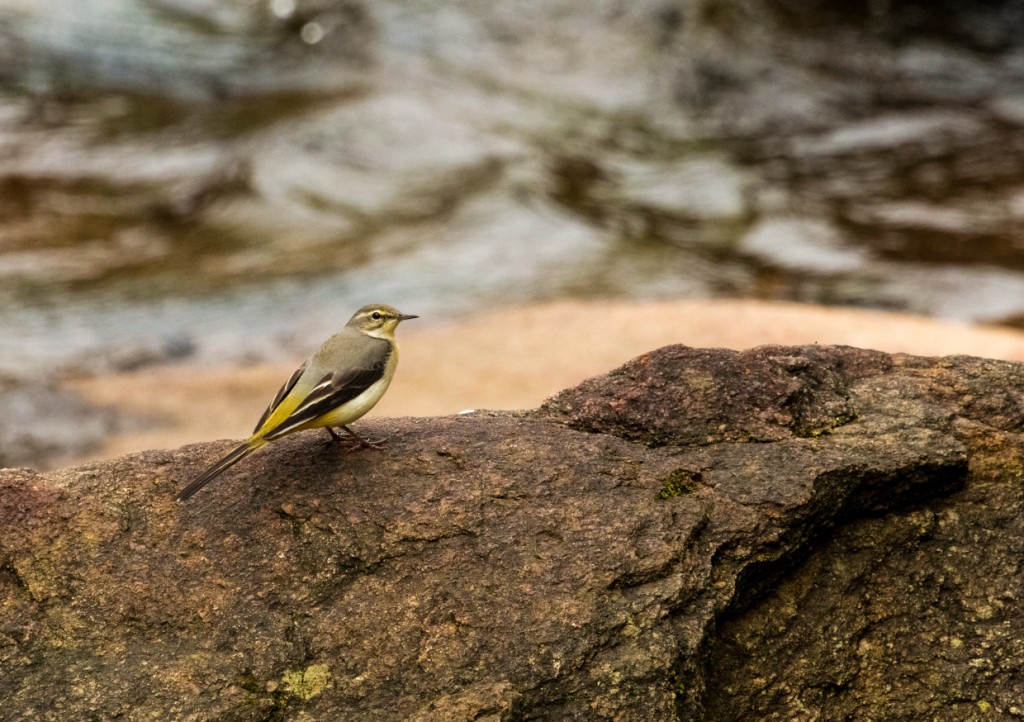
Grey wagtail – One of the common winter migrants to South India, it reaches Anamalai’s around August–September and leaves by March –April. With several populations breeding in Europe and Central Asia, some travel about 2000 kilometres to its wintering ground here in Western Ghats.
4. Family comes first
Ever noticed how birds are so closely knit to their families? Come rain or shine, they always look out for each other. I’m pretty sure they annoy each other at times in their melodious voices. But I’m also sure that their protective, caring and nurturing behavior can never go unnoticed. We could all learn a lesson or two and be grateful for the families we have.
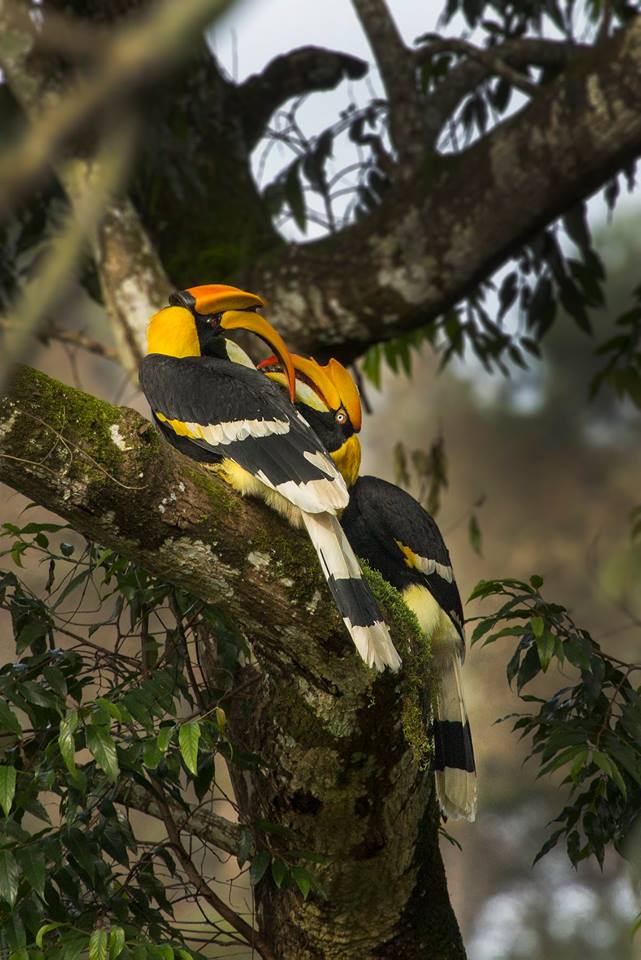
Great Indian Hornbill – Hornbills pair for life. The female hornbill seals herself into the nest for 90 days or more when breeding. While confined, she depends on the male to return daily to feed her and the chicks. In this respect, hornbills are icons for family values such as love, loyalty and responsibility.
5. Reach for the skies
Ever heard of the phrase ‘the sky is the limit’? Birds enjoy a carefree life. They live to their fullest. Wonder why? Because they are not limited by conditioning, like us robotic humans. We are born in a society that expects too much of us. We are conditioned to go with the flow, please people, and follow the crowd. But birds know when to go with or against the wind. They know how to see things from a distance – bird’s eye view as we call it.
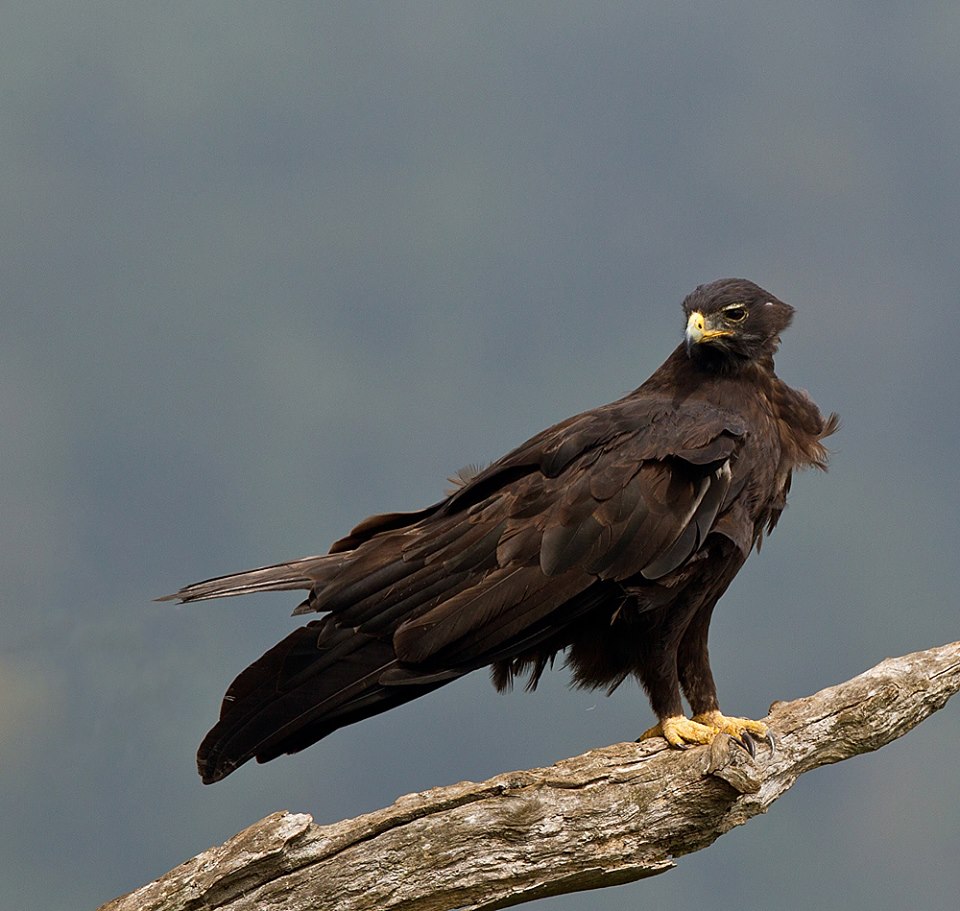
Black Eagle –Black Eagles soar great heights over forests in the hilly regions, hunting for prey and when in love, they display a courtship behavior that involves steep dives with folded wings and then swoop up in up in U-shape into a vertical stall.
So, Live in the moment and fly high – just like a bird and keep it simple!

